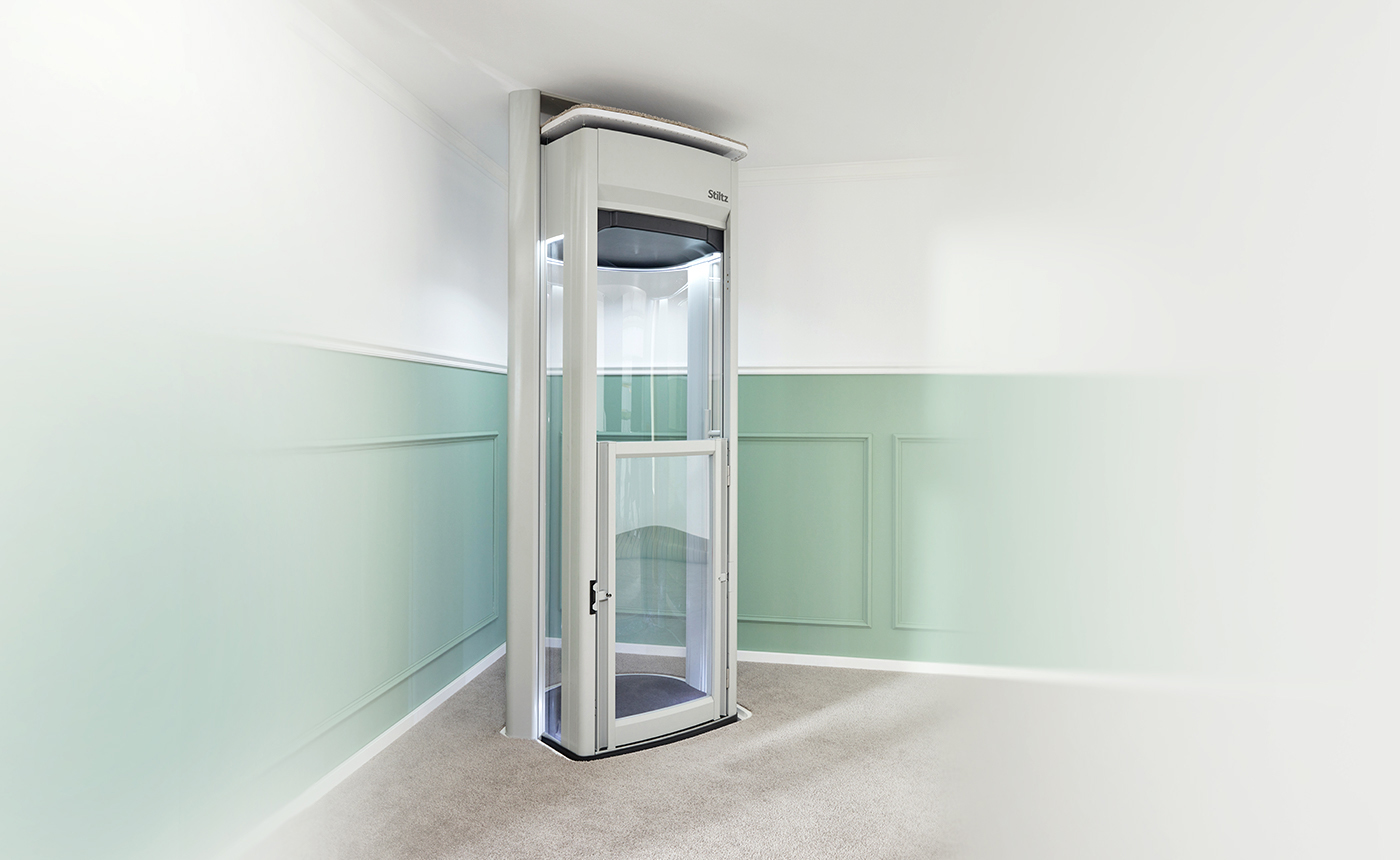We Maintain Lifts with Accuracy: Ensuring Safety And Security and Effectiveness
Wiki Article
Looking Into the World of Lifts: Typical Issues Encountered by Numerous Lift Devices
As we navigate through the vertical transportation systems of contemporary buildings, lifts stand out as an important element of our everyday lives. From hydraulic elevators to grip systems and machine-room-less layouts, each lift kind comes with its collection of usual issues.Hydraulic Lifts
Hydraulic elevators, commonly chosen for low-rise structures, make use of fluid stress to regulate the movement of the lift cars and truck (lift repair companies). This mechanism includes a hydraulic pump pressing oil right into a cylinder, causing the elevator to relocate the desired direction. While hydraulic lifts are known for their peaceful and smooth procedure, they do feature their own collection of typical problemsOne prevalent trouble with hydraulic lifts is oil leak. Furthermore, problems with the control system, such as defective valves or a malfunctioning pump, can cause disruptions in the lift's activity.
Normal upkeep and timely repair services are necessary to ensure the smooth performance of hydraulic lifts. By resolving these usual problems proactively, building owners can lessen downtime and make certain the safety and security and efficiency of their vertical transportation system.
Traction Lifts
When thinking about vertical transportation systems in buildings, another typical kind besides hydraulic lifts is the traction lift. Traction elevators run making use of a system of ropes and weights that move the lift car by gripping onto the hoist ropes. This mechanism enables smoother and much faster upright transportation contrasted to hydraulic systems.Among the common concerns faced by grip elevators is rope wear. The constant motion of the ropes within the traction system can cause wear and tear in time, possibly triggering the lift to malfunction or come to be risky for use. Routine inspections and upkeep of the ropes are important to make certain the elevator's correct functioning and safety and security.
Another problem that grip elevators might experience is connected to the control system. Problems with the control system can cause issues such as unpredictable activity, delays in action times, or perhaps total closures. Routine screening and upkeep of the control system are essential to avoid such issues and make certain the elevator's dependability.
Machine-Room-Less (MRL) Lifts

One of the key parts of MRL elevators is the compact gearless grip device that is installed within the hoistway. This maker effectively drives the lift vehicle without the requirement for cumbersome tools found in traditional traction lifts. Furthermore, MRL lifts normally make use of a counterweight system to balance the automobile, further enhancing their energy effectiveness.
Regardless of their advantages, MRL lifts might encounter obstacles associated to repair and maintenance because of lift repair near me the restricted room for tools installment. Accessibility for servicing components within the shaft can be restricted, needing specialized training for service technicians. Proper maintenance timetables and normal assessments are crucial to guarantee the ongoing smooth procedure of MRL lifts.
Overloading and Weight Restriction Issues
Are lifts geared up to handle excess weight tons efficiently and securely? Straining and weight limitation concerns are critical concerns in lift procedures. Lift manufacturers design lifts with particular weight capabilities to make sure traveler security and equipment durability. Surpassing these weight limitations can cause different issues, including mechanical failures, delays, and safety straight from the source hazards.When lifts are overwhelmed, it puts too much pressure on the motor, cable televisions, and other parts, possibly causing break downs or malfunctions. If they discover excess weight, safety and security mechanisms such as sensors and overload sensing units are in place to prevent lifts from moving. In addition, surpassing weight limits can bring about boosted energy usage and wear and tear on the lift system.
To reduce straining problems, building supervisors should plainly display weight limitations in elevators and inform occupants on the relevance of adhering to these constraints - lift repair companies. Regular upkeep checks by certified service technicians can also go to this website assist make certain that elevators are running within safe weight specifications. By addressing overloading and weight limitation concerns proactively, building owners can boost elevator security and performance
Electrical System Failures
Going beyond weight limits in elevators can not just bring about mechanical issues however additionally potentially add to electric system failings within the lift framework. Electrical system failures are an essential concern in elevator operation, as they can trigger unforeseen closures, breakdowns, or even security dangers. One usual electric issue is the overheating of elements because of too much existing circulation triggered by overloading the elevator beyond its ability. This can bring about harm to the control, electrical wiring, or electric motor systems, leading to pricey fixings and downtime.Furthermore, power surges or fluctuations in the electric supply can additionally interrupt the lift's operation, impacting its performance and safety and security. These electrical disruptions can harm sensitive elevator components such as control board, motherboard, or sensing units, causing system failures. Regular upkeep and examinations are vital to determine and deal with potential electric issues promptly, making certain the risk-free and reliable procedure of elevator systems. By sticking to weight limitations and conducting regular electrical system checks, structure proprietors can mitigate the threat of electrical failings in elevators.
Final Thought

Hydraulic elevators, usually liked for low-rise buildings, use fluid pressure to regulate the movement of the lift automobile.When considering upright transportation systems in buildings, an additional common type aside from hydraulic lifts is the grip lift. Traction lifts operate making use of a system of ropes and weights that move the elevator car by gripping onto the hoist ropes. Unlike typical elevators that require a separate equipment space to house the tools, MRL elevators integrate many of the components within the shaft, getting rid of the need for a committed machine space.In verdict, elevators deal with usual issues such as hydraulic malfunctions, grip system failures, and electrical system issues.
Report this wiki page